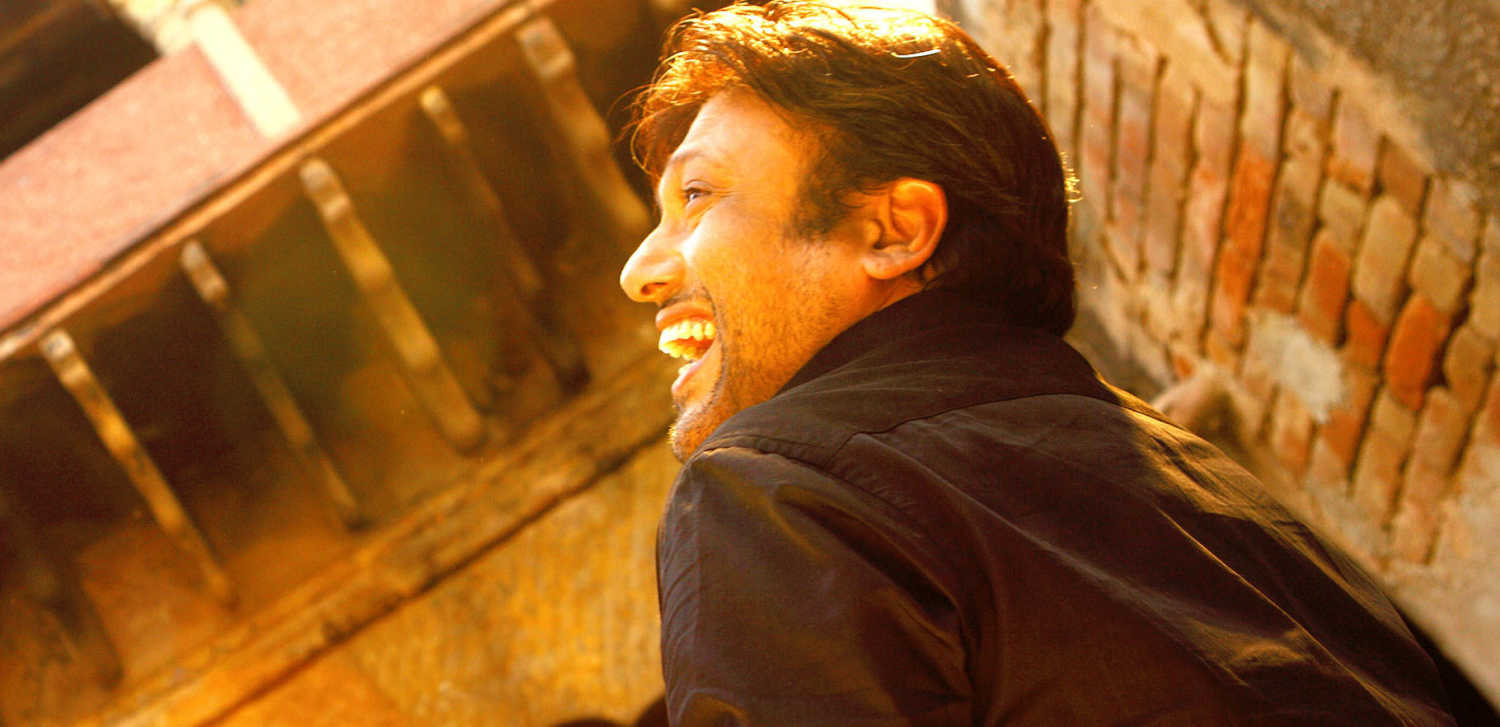One was a handsome young man born to a star father. The other was a star born to a forgotten man. Kumar Gaurav and Govinda made their debuts in the confused 80s. In many ways, they were both two sides of the same coin. As Govinda turns 53 years old today (21 December), it is time to look back at one of his closest competitor to stardom in the 80s.
Birthday special: Why Govinda was simply a better Kumar Gaurav
Mumbai - 21 Dec 2016 13:45 IST


Shriram Iyengar
The 80s was a transitional period for Hindi cinema. The one and only superstar, Amitabh Bachchan was going through a lean phase. Anil Kapoor had arrived on the scene with films like Mashaal (1984) and Meri Jung (1985), but he lacked that elemental 'star quality'. Shatrughan Sinha, Vinod Khanna, Dharmendra hung around like stars slowly burning themselves out, not too bright, but not yet black holes. The thirst for a superstar led directors to chase mirages like Mazhar Khan, Vijay Arora, Raj Kiran and Sudesh Oberoi among others. The Khan triumvirate was still a decade away. Into this vacant vacuum walked Govind Narayan Ahuja and Manoj Tuli.
Tuli was born to Rajendra 'Golden Jubilee' Kumar. With a father as illustrious, it was not unnatural for the son to turn to films when the time arrived. Christened Kumar Gaurav, he had all the makings of a superstar. Tall and lanky with dreamy eyes, he made a stunning debut in Love Story (1981), produced by his father. The film marked Gaurav as a future star, with critics soon heralding him as the successor to Bachchan's throne. It remains Kumar Gaurav's one, and only, superhit.

And not for the lack of trying. Legendarily a shrewd businessman, Rajendra Kumar went to great lengths to help his son ascend superstardom. He even produced films, but to no avail. Reportedly, it was Rajendra Kumar who vetted the scripts that Gaurav was supposed to sign. In an interview about Naam, Mahesh Bhatt says, "Even though it was a two-hero project, Rajendra Kumar knew that the audience's sympathies would eventually swing from Kumar Gaurav's character Ravi to Sanju's bad boy Vicky." Ironically, it was Kumar Gaurav who overruled his father to produce and act in Naam.

But the fame was never his to enjoy. Films like Star (1982), Teri Kasam (1982), Lovers (1983), Romance (1983) and All Rounder (1983) marked him with the tag that often proves fatal to acting careers. Even in Naam (1986), as predicted, it was his brother-in-law Sanjay Dutt who walked away with the accolades. Slowly, Kumar Gaurav faded away from public memory to re-emerge post the millennium in Kaante (2002). It was another false dawn. He was too young to play a father and too old to play the lead.
Govinda's rise was not as meteoric, neither was his fall. A star son (his father, Arun Kumar, worked in Mehboob Khan's Aurat (1940), the prototype for Mother India), he had learnt his father's lesson of not trusting success in this industry. Like any other struggler, he had a video cassette made of his dance moves and acting and went around producers' offices in search of a break. In an interview, he confessed: 'I used to travel by trains and make the rounds of producers’ offices to show them my video cassette.' He broke through with the multi-starrer Ilzaam (1986). Although a mediocre 80s film, it showcased Govinda's dancing skills.

Called a 'poor man's Mithun', Govinda signed films by the dozen immediately after his breakthrough. Films like Khudgarz (1986), Love 86 (1986), Hatya (1988) gave evidence to his growing confidence and ability. In 1990, Swarg directed by another high energy director, David Dhawan released. Govinda's performance earned him the affirmation as an actor that he craved for. It also began one of the most successful director-actor partnerships with Dhawan.
The 90s was officially the 'Govinda era'. Between the slide of Bachchan and the rise of the Khans lies Govinda's most successful period. Films like Aankhen (1993), Gambler (1995), Coolie No 1 (1996), Hero No 1 (1997), Deewana Mastana (1997) made him the top-billed star of the decade. A case in point is the cult classic Andaz Apna Apna (1994). Starring both, Aamir and Salman Khan, the film has Govinda making a guest appearance as the film star. Such was hierarchy in the 90s that Khans were ranked below Govinda.

The period between 80s-90s were also a decade of hedonism in Bollywood. Films were ruled by dramatic emotions and glitzy pop songs. An entire army of disco lovers had invaded the filmi scene. Kumar Gaurav's underplayed acting skills were out of place in the confused decade. In the bid to right his previous bad choices, Gaurav rejected several scripts, including Love 86. On the other hand, Govinda quickly discovered the advantage of visibility. His rampant accumulation of projects was a blueprint copied by another young and upcoming star, Shah Rukh Khan. Between 1986-1990, Govinda appeared in a massive number of 36 films at a rate of almost eight films per year.
Govinda remains the most underrated star of Hindi cinema. His mass appeal and colour coded apparel are still frowned upon by snobs and elites. However, his natural talent cannot be denied. He is a constant reminder of cinema's primary purpose — entertainment. It is not a coincidence that a whole new generation of actors and directors, from Abhinav Kashyap to Varun Dhawan and Ranveer Singh, sing paeans to the hero from Virar. For all his talent and capability, Kumar Gaurav never managed to fit into the glitzy spotlight of the industry. For the boy from Virar though, the all singing, all dancing world of Hindi cinema was tailormade to his strength. Just as the world had begun to forget him, the actor returned as the dancing villain in Kill Dil (2014). The film was a dud, but when at his dancing splendour Govinda truly reminded the audience of the star he was.



